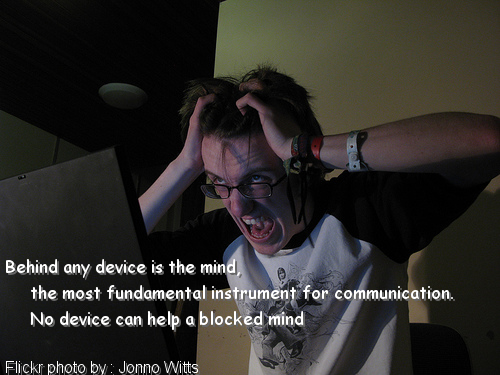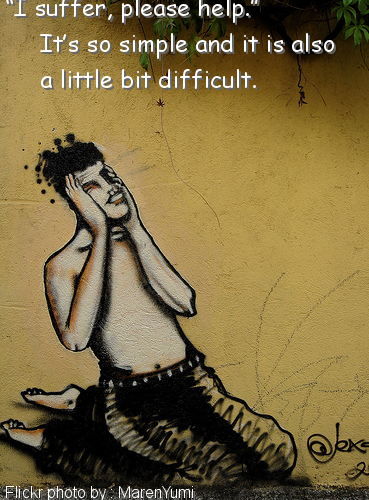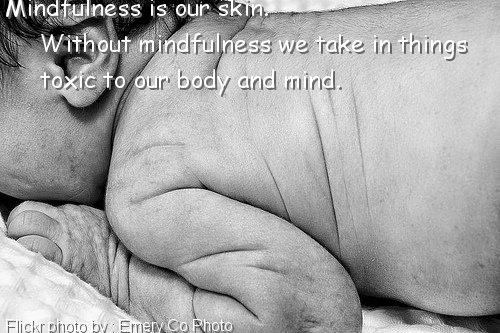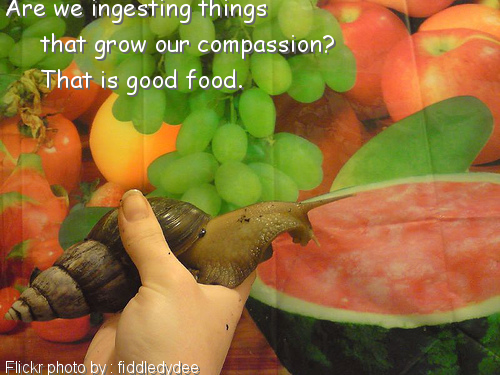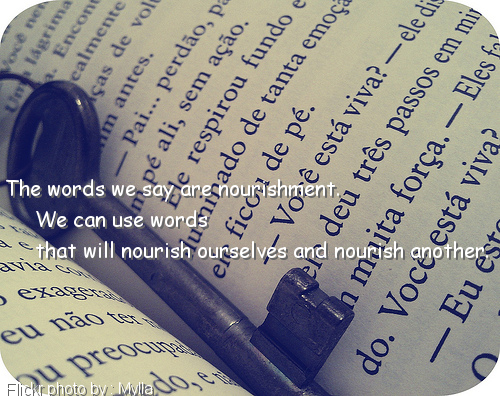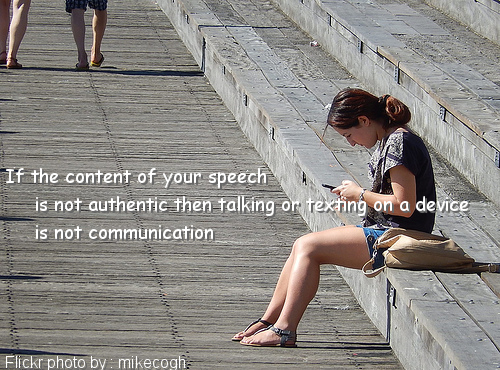“Behind all these instruments we have the mind, the most fundamental instrument for communication. If our minds are blocked, there is no device that will make up for our inability to communicate with ourselves or others” Thich Nhat Hanh
We set up the Still Web just year ago with the aspiration to create a space to encourage digital dialogue through contemplation.It seems self evident that stillness is not an end in itself, but part of a larger whole.
“silence and speech are the inseparable foundations of human communication [but] the dichotomization of silence and speech misleads us to devalue silence and privilege speech” Huey-li Li
So much of our interactions online privilege speech in this way. It is not at all self evident that dialogue emerges from silence in an eternal loop. Silence is lost in a background of online speech yet we believe that online tools can be used as much for contemplation as for noise. We all have a right to these spaces, yet the idea of a still web seems anathema to most people we discuss this project with. No device can help a blocked mind.
We have been working on this Still Web project since 2014.
We take time to reflect, speak from silence as we generate ideas and shape what this Still Web space is becoming. We express different opinions about the value of stillness and movement and refine our language and approach almost daily.
David Bohm defines dialogue,
“The word “dialogue” has many meanings and we are giving it a particular meaning. In this Dialogue we are not trying to make our points prevail or, if we are, we need to look at that. Our challenge is to see when each of us is trying to prevail, because if anybody prevails it means the dialogue has failed.” David Bohm
We do not talk about these ideas we just create space to explore ideas about digital contemplation. This led us to create this site for ideas to emerge between us. We are not collocated, so we use the web to create islands of stillness in our dialogue. We are both active in social media, so we do have a hashtag #stillweb for sharing stuff that may shape ideas. We have a very long Skype chat thread with ideas as these have evolved over time, one day this thread will become something to publish. We are using the web for digital dialogue, not to sell each other a product or a pet idea. We can choose how we use the tools we create.
In contrast, much of the speech we engage with on the web is not of this nature; even when talking about the importance of dialogue there is a lack of mental training in what it might mean to have a dialogue, the focus is often on the affordances of the tools, on the politics of communication, on ‘where can I apply my right-wrong filter in the quickest possible way?’ Silence is all around us, our speech depends on it and yet few know how to access it. Bohm talks about this as the lack of proprioception of thought. His view was that we do not see what is actually happening when we are engaged in the activity of thinking.
If this is the problem, what is the solution?
Bohm worked with Krishnamurti to learn to speak from silence. He believed that meditation was what could train our minds back into thought proprioception. Clearly there are links here with Buddhism and other schools of thought. It is only when we create stillness and understand that ‘purpose flows out of significance and value’ (Bohm again) but does not exist as a disembodied finish line, that it becomes possible to engage in dialogue.
What we are foregrounding here is that digital dialogue requires a trained mind.
We need years of training to even get to a point where we can notice our habit mind in all its defensive routines, let alone change any habit. We want the Still Web as a space to train the mind to engage with the digital skilfully and from an unblocked mind. A mind that can focus, attend and make space for something beyond quick right/wrong filters.
Why digital dialogue?
Krishnamurti can answer that better than we can,
“You know, in the case of most of us, the mind is noisy, everlastingly chattering to itself , soliloquizing or chattering about something, or trying to talk to itself, to convince itself of something; it is always moving, noisy. And from that noise, we act. Any action born of noise produces more noise, more confusion.”
Skilful action cannot come from noise and we are barely aware our minds are noisy.
Thich Nhat Hanh in ‘The art of communicating’ explores ways to train our mind for genuine dialogue from a Buddhist perspective and we have summed up his ideas in the image gallery above. So much of this is about giving ourselves time to engage with each other online from this kind of mental space. Yet, this can only be done if we stop being driven by the clock and create a lifestyle that enables deep interpersonal attention. Can we find the personal commitment and time to train our mind out of habit into awareness?
Commitment to a life where we allow ourselves to pause before we respond to that notification?


